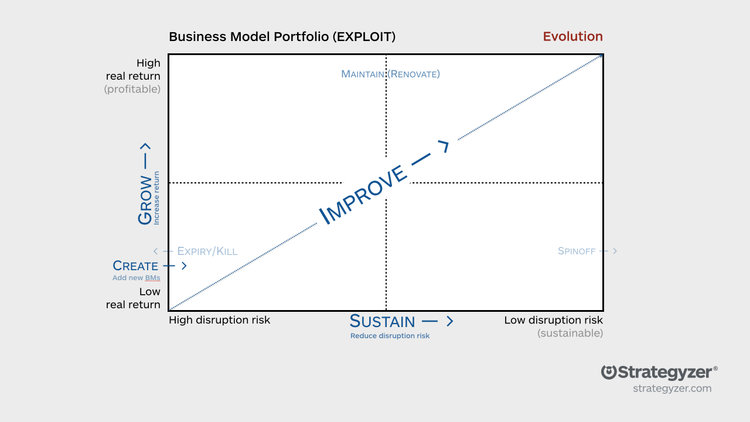Ainda no artigo "Strategy as Ecology", referido na parte V, encontro outra variante relevante para o tema dos ecossistemas:
"Keystone organizations play a crucial role in business ecosystems. Fundamentally, they aim to improve the overall health of their ecosystems by providing a stable and predictable set of common assetsAquilo que no artigo é designado por "keystone" é por mim chamado há anos de "pivô":
...
Keystones can increase ecosystem productivity by simplifying the complex task of connecting network participants to one another or by making the creation of new products by third parties more efficient.
...
By continually trying to improve the ecosystem as a whole, keystones ensure their own survival and prosperity. They don’t promote the health of others for altruistic reasons; they do it because it’s a great strategy.
.
Keystones, in many ways, are in an advantageous position. As in biological ecosystems, keystones exercise a systemwide role despite being only a small part of their ecosystems’ mass.
...
Broadly speaking, an effective keystone strategy has two parts. The first is to create value within the ecosystem. Unless a keystone finds a way of doing this efficiently, it will fail to attract or retain members. The second part, as we have noted, is to share the value with other participants in the ecosystem. The keystone that fails to do this will find itself perhaps temporarily enriched but ultimately abandoned.
.
Keystones can create value for their eco-systems in numerous ways, but the first re- quirement usually involves the creation of a platform, an asset in the form of services, tools, or technologies that offers solutions to others in the ecosystem."
- Primeiro, quem é o pivô da vossa procura? (Janeiro de 2013)
- A humidade do mar vai precipitá-las no oceano... (parte II) (Fevereiro de 2013)
- Conseguirá obter uma sinergia co-evolutiva muito mais poderosa (Dezembro de 2013)
- A escolha dos pivôs (parte I) (Fevereiro de 2014)
- A escolha dos pivôs (parte II) (Fevereiro de 2014)





















